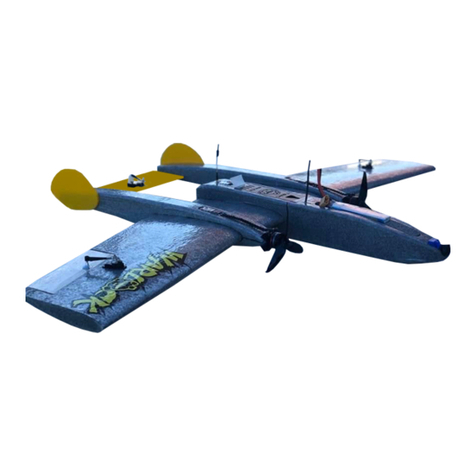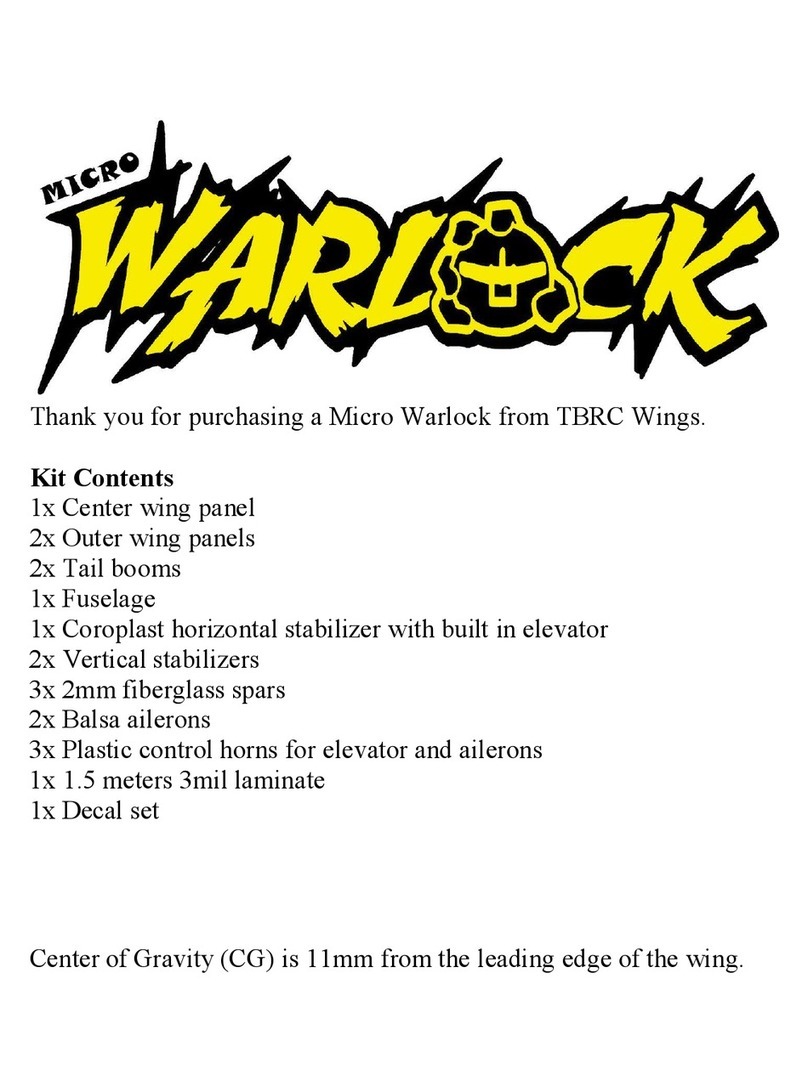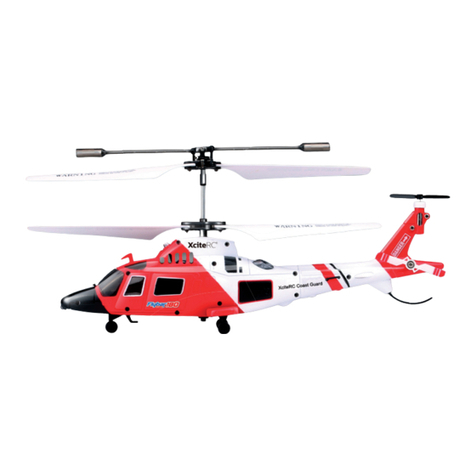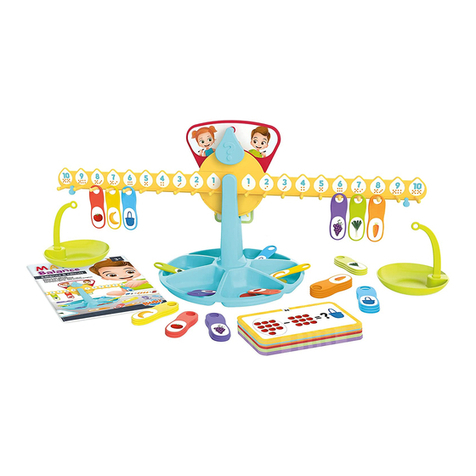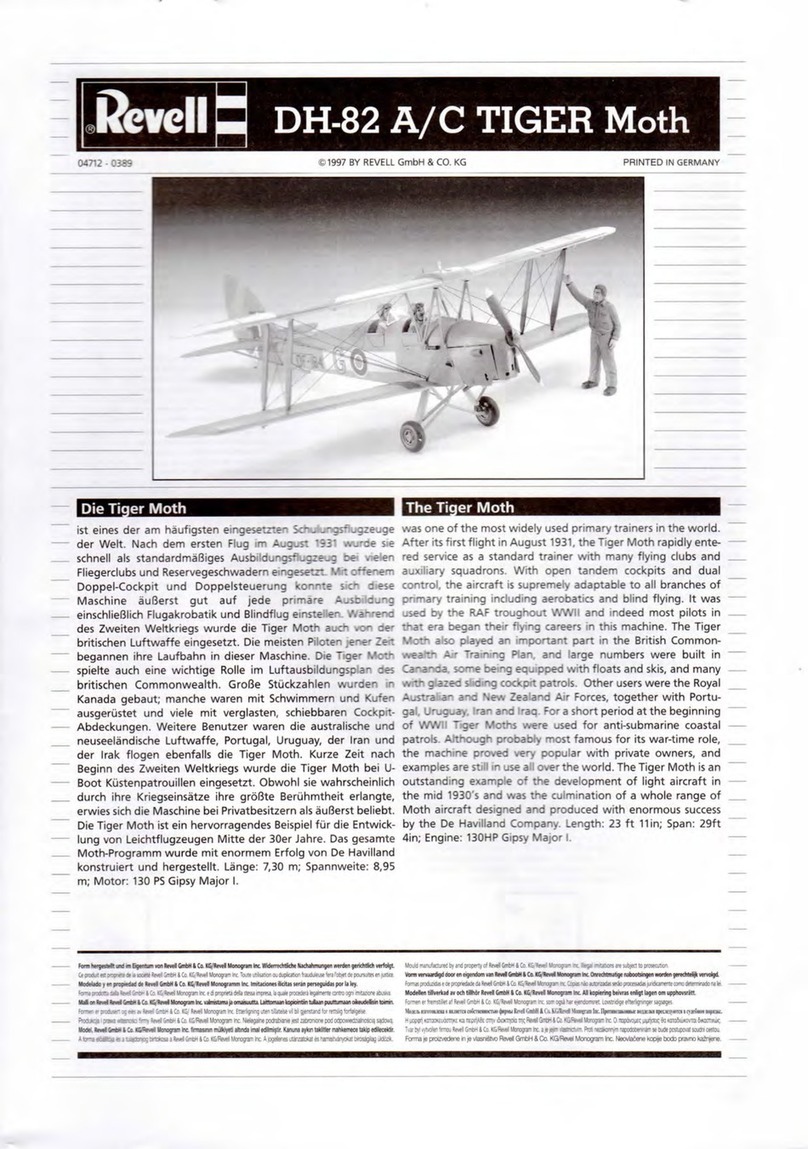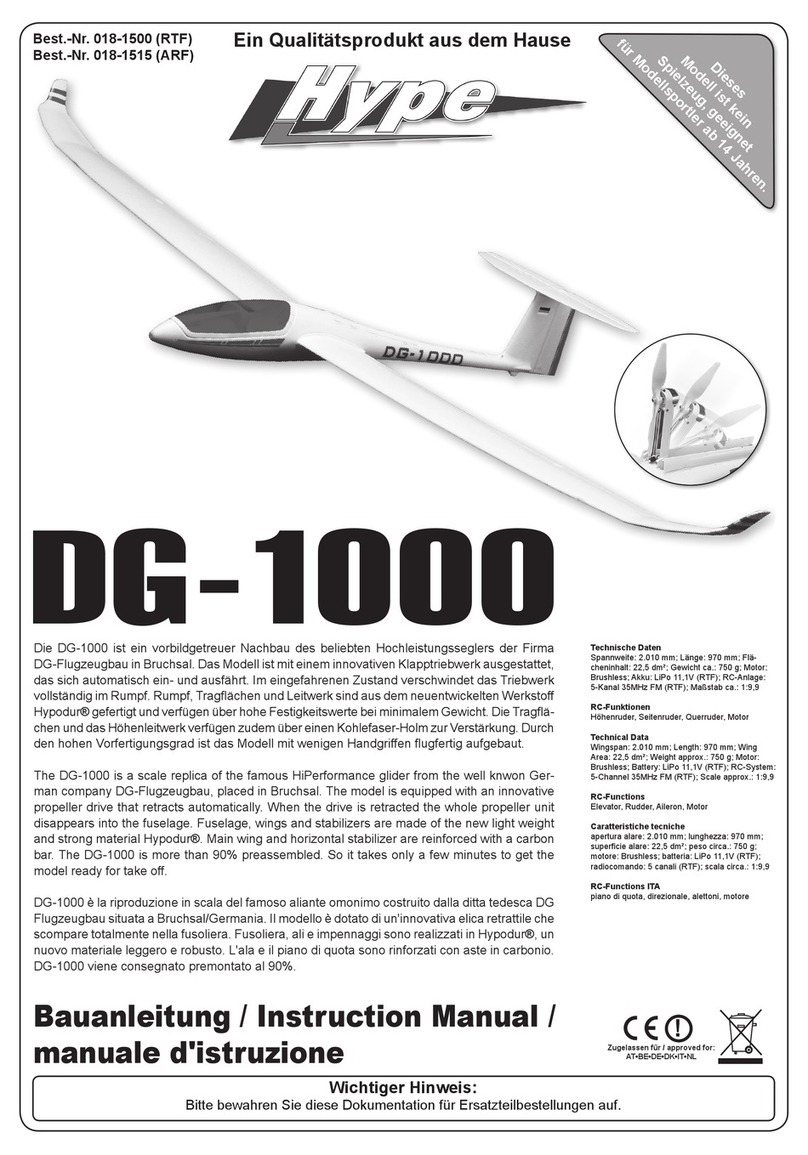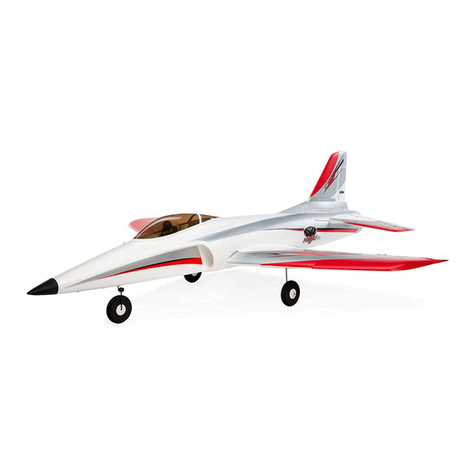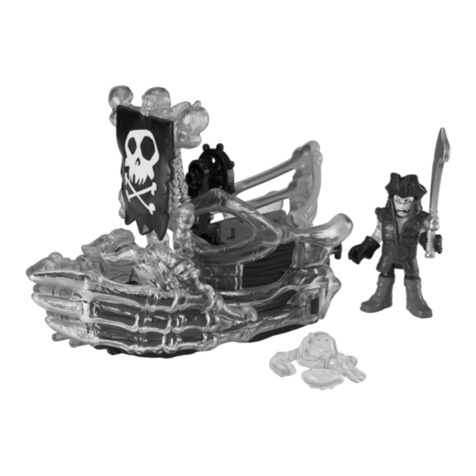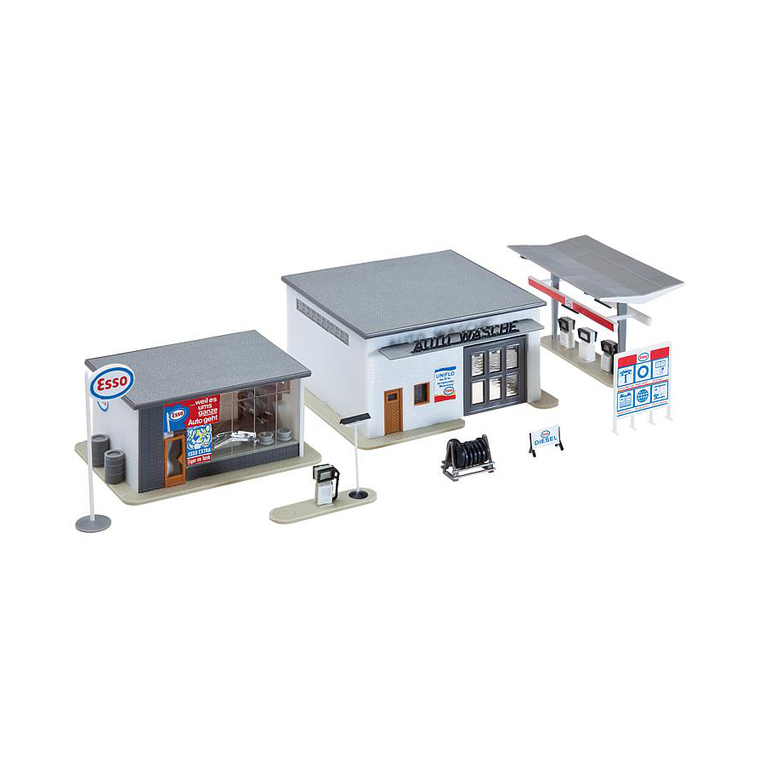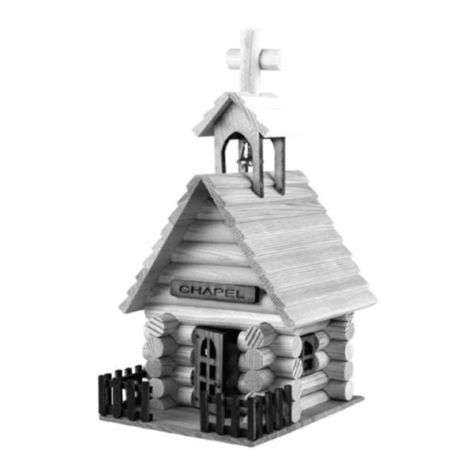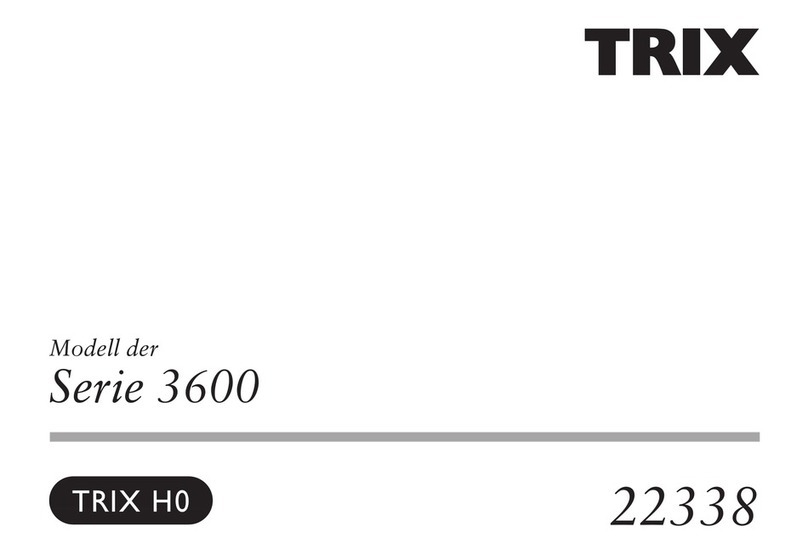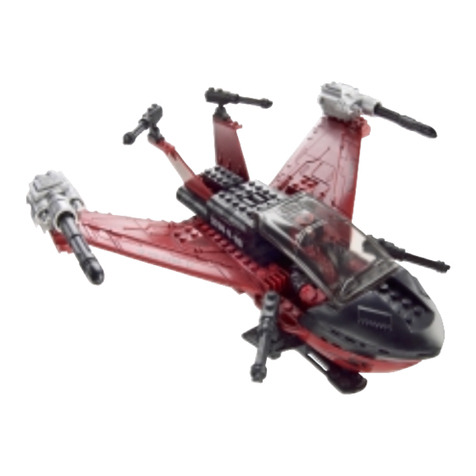TBRC Reflex38 User manual


Thank you for purchasing a TBRC wing.
Kit Contents
1: 1x Left Wing Core
2: 1x Right Wing Core
3: 1x Blunt Centre Section Core
4: 1x Carbon Fiber Tube
5: 2x Fiberglass Rods Long
6: 1x Fiberglass Rod Short
7: 1x Laminate
8: 2x Balsa Elevons
9: 1x Laser Cut Plywood Motor Mount
10: 2x Coroplast Winglets
11: 1x Coroplast Equipment Bay Hatch
12: 2x 4mm flat Carbon Fiber
Tools Required
Hobby Iron
Gorilla Glue
Sand Paper
Soldering Iron/Gun
T-pins
Goop glue (optional)
Centre of Gravity is 140mm from the nose, which
is also the back of the equipment bay hatch.

Step 1
Smear a very thin layer of Goop on the inside of
the equipment bay. This is to allow Velcro to
adhere better and add a bit more strength to the
bay.
Step 2
Identify your left wing, right wing centre blunt
section and your carbon fiber tube.
There is a hole going through the blunt section and
into each wing. This is where you will be putting
your carbon fiber tube.
Do a dry fit to make sure everything lines up.

Step 3
Mix some Gorilla Glue with a few drops of water
in a separate cup and lather up the entire carbon
tube. Working quickly, insert it into the centre
blunt section and then lather your Gorilla Glue
mixture onto one side of the blunt. Press the blunt
and the matching wing together making sure the
carbon tube is pushed all the way into the wing.
Then lather your Gorilla Glue mixture onto the
other side of the blunt and push the other wing
onto the carbon tube and butt it up against the
blunt. Use T-pins to hold all the 3 pieces together
as tightly as possible.
Gorilla Glue takes 24 hours to cure properly.

Step 4
Do this for both the left and right wings. On the
top of your wing mark a line about 1 inch back
from the leading edge. Cut along this line about
1/2 inch deep. This cut should extend from the
wingtip all the way into the blunt section. Test fit
one of your long fiberglass spars into this cut
you've just made. You should be able to press the
spar all the way in. Remove your spars.
Apply Gorilla glue into these cuts and push your
spars back into their holes. Use T Pins to hold the
spars down as the Gorilla Glue expands
.
(You can use Goop instead of Gorilla glue here
and you will not need to use T pins to hold the
spars in)

Step 5
On the underside of the wings we will be adding
the carbon fiber flat spars and the small fiberglass
rod.
mark a line from the trailing edge at the wing tip to
the nose of the plane just inside the blunt section.
Cut along this line just deep enough for the carbon
spars.
once test fitted and glued in place mark a line
across the nose infront of the battery bay and cut
along this for installing the small fiberglass spar.
Glue the small fiberglass spar in.

Step 6
We now need to cut out part of the back of the
wings to fit the propeller. Measure it to the size
propeller you want to use. If you're using a 6 inch
propeller measure 6cm along the trailing edge
from the inner most part of the wing and draw a
line from this point to 6mm from where the wing
meets the blunt. This will leave a nice notch for
the motor mount to glue. Now cut out these
triangle pieces of foam.

Step 7
Add some slight scratches to one side of the
horizontal section of the motor mount for extra
surface area for the glue to stick to. Apply Gorilla
glue along the back of the bunt section of your
wing and to the side notches which will glue your
motor mount on 3 sides.
Gorilla Glue takes 24 hours to cure properly. In this
step you can also use Goop instead, although Gorilla
Glue will give maximum strength.

Step 8
Use either 150 or 220 grit sandpaper. Lightly sand the
surface of the wing to help the laminate adhere better to
the foam. The foam surface should feel almost fuzzy to
the touch.
****Now is a great time to paint your plane if you
desire.
Be sure to let the paint fully cure before continuing.
Step 9
Using a hobby iron, laminate your aeroplane. Be
sure to add an extra strip over the sides of the
motor mount for added strength. Do not cover the
wingtips as we'll be gluing the winglets on later.

Step 10
Do this for both elevons. Measure your elevons to
be the same length as your trailing edge of your
wing. You can leave the elevon full sized, but we
recommend you cut them to match this shape. To
achieve this shape,
a: Cut the inside at the same angle as your
propeller slot on your plane.
b: Measure halfway down this cut and make a
mark.
c: Measure 1/3 the distance from the tip to
the inner most point of the trailing edge.
d: Connect the lines between points band c.
e: Cut along line d.

Step 11
Laminate your Elevons. Once they are covered,
cut 4 strips of laminate about 50 mm wide and as
long as your elevons. Lay one strip on top of your
elevon and laminate it to your wing. Turn your
plane upside down and use a 2nd strip to laminate
the underside of the elevon to your plane. Be sure
to check for ample throw movements once it’s
been laminated.
Do this to both elevons.
Step 12
Using a soldering gun cut out bays in the wings for
your servos and your other electronics that you
plan to use. (e.g. Video transmitter, Camera,
Receiver). We recommend laying out all the parts
on your plane first to allow you to get the plane to
balance on its centre of gravity which is 140mm
from the nose.

Step 13
Install your electronics. When setting up your
throws for your elevons we recommend about 1.5
inches total throw from highest to lowest point.
Using 35% expo and setting dual rates is up to
personal preference.
Step 14
One of the unique features of the TBRC Reflex is
its winglets. Their unique design and positioning
will improve airflow around the wingtips and
create less drag leading to you flying faster and
longer. When gluing the winglets onto the wing
tips be sure to line up the bottom corner of the
winglet, with the bottom corner of the wingtip.
Indicated by figure a. below. Mount the winglet
horizontally. Use the flutes in the Coroplast as a
guide. It is also time to secure your bay cover.
Clear packing tape as a hinge and a thin Velcro
strip works well secure it in place (may require
trimming to fit properly.

Step15
Prior to your first flight make sure you have about
5mm of reflex added to your elevons. This can be
easily measured by placing a straight edge from
the top of the aerofoil to the tip of the elevon at the
wingtip and measuring the vertical distance
between the straight edge and the hinge line.
You now have yourself a TBRC Reflex 38 ready
for flight. Make sure you balance your plane on
your cg mark, 140mm from the nose, and you'll
have a good time. Good luck on your maiden
flight.

Thank you again for purchasing a TBRC Wing.
TBRC WINGS www.tbrcwings.com
Table of contents
Other TBRC Toy manuals
